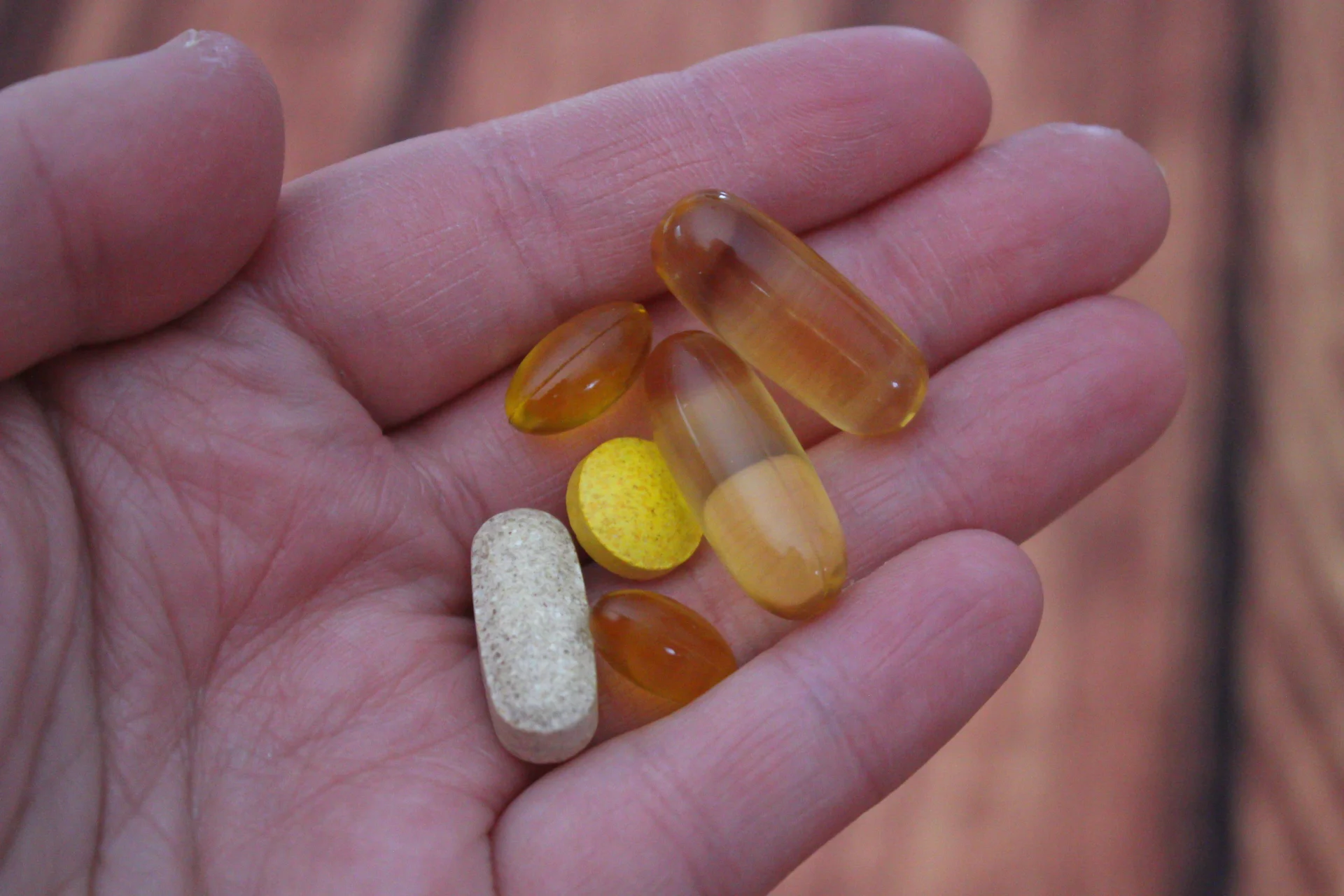ICD-11 code 2F95 refers to neoplasms of unknown behavior of the breast. Neoplasms are abnormal growths of tissue, which can be benign, meaning non-cancerous, or malignant, meaning cancerous. Neoplasms of unknown behavior of the breast indicate that the exact nature of the growth is unclear, as it does not fit into a clear category of benign or malignant.
These neoplasms may be discovered during routine breast screenings or diagnostic tests. Due to the uncertain behavior of these growths, further testing or monitoring may be necessary to determine if they are benign or malignant. In some cases, a biopsy or surgical removal of the growth may be required to make an accurate diagnosis and determine the appropriate course of treatment.
Table of Contents:
- #️⃣ Coding Considerations
- 🔎 Symptoms
- 🩺 Diagnosis
- 💊 Treatment & Recovery
- 🌎 Prevalence & Risk
- 😷 Prevention
- 🦠 Similar Diseases
#️⃣ Coding Considerations
The SNOMED CT code equivalent to the ICD-11 code 2F95, which pertains to neoplasms of unknown behavior of the breast, is 12738006. This SNOMED CT code specifically represents the presence of an abnormal growth or tumor in the breast with uncertain malignant potential. The use of standardized codes such as SNOMED CT allows for easier communication and sharing of health information across different healthcare systems and providers. By utilizing these codes, healthcare professionals can accurately document and classify diseases, facilitating better patient care and outcomes. In this case, the SNOMED CT code 12738006 serves as a precise identifier for neoplasms of unknown behavior in the breast, aiding in the diagnosis and treatment of this condition.
In the United States, ICD-11 is not yet in use. The U.S. is currently using ICD-10-CM (Clinical Modification), which has been adapted from the WHO’s ICD-10 to better suit the American healthcare system’s requirements for billing and clinical purposes. The Centers for Medicare and Medicaid Services (CMS) have not yet set a specific date for the transition to ICD-11.
The situation in Europe varies by country. Some European nations are considering the adoption of ICD-11 or are in various stages of planning and pilot studies. However, as with the U.S., full implementation may take several years due to similar requirements for system updates and training.
🔎 Symptoms
Symptoms of 2F95, Neoplasms of Unknown Behavior of Breast, may include the presence of a lump or mass in the breast that feels different from the surrounding tissue. This lump may be painless or may cause discomfort. Additionally, changes in the size, shape, or appearance of the breast or nipple, such as dimpling, puckering, or inversion, may be observed.
Other potential symptoms of Neoplasms of Unknown Behavior of Breast include nipple discharge, skin changes on the breast, such as redness or scaling, and persistent breast pain. It is important to note that these symptoms can also be indicative of non-cancerous conditions, so further evaluation by a healthcare provider is necessary to determine the cause of these changes. Additionally, some individuals with neoplasms of unknown behavior may not experience any symptoms at all and the condition is detected through routine screening or diagnostic testing.
In some cases, Neoplasms of Unknown Behavior of Breast may be associated with systemic symptoms such as unexplained weight loss, fatigue, or malaise. These symptoms may be the result of the body’s response to the presence of abnormal cells in the breast tissue. It is crucial for individuals experiencing any of these symptoms to seek medical attention promptly for assessment and appropriate management of their condition.
🩺 Diagnosis
Diagnosis of neoplasms of unknown behavior of the breast, coded as 2F95 in the International Classification of Diseases (ICD), depends on a combination of clinical evaluation, imaging studies, and biopsy. The initial step often involves a physical examination to assess the size, shape, and texture of the breast mass. Additionally, imaging techniques such as mammography, ultrasound, or magnetic resonance imaging (MRI) may be utilized to further characterize the lesion and evaluate its extent within the breast tissue.
Following the clinical assessment and imaging studies, a biopsy is typically performed to obtain tissue samples for definitive diagnosis. There are various types of biopsies that may be used, including fine needle aspiration, core needle biopsy, or surgical biopsy, depending on the size and location of the lesion. The biopsy samples are then sent to a pathology laboratory for examination under a microscope by a pathologist, who can determine the type and grade of the neoplasm based on the cellular characteristics present.
In some cases, additional diagnostic tests may be recommended to further evaluate the nature of the breast neoplasm. These tests may include molecular profiling to assess genetic mutations or biomarkers that can help guide treatment decisions, as well as imaging studies to assess the presence of metastatic disease in other organs. The combination of clinical evaluation, imaging studies, biopsy, and additional diagnostic tests allows for a comprehensive assessment of neoplasms of unknown behavior of the breast, aiding in accurate diagnosis and appropriate treatment planning.
💊 Treatment & Recovery
Treatment options for 2F95, neoplasms of unknown behavior of the breast, typically depend on the specific characteristics of the tumor and patient factors. Surgery is the primary treatment for these types of breast neoplasms. This may involve lumpectomy (removal of the tumor and some surrounding tissue) or mastectomy (removal of the entire breast).
In some cases, chemotherapy or radiation therapy may be recommended either before or after surgery to help reduce the size of the tumor or to kill any remaining cancer cells. Hormone therapy may also be used in patients with hormone receptor-positive tumors to block the growth of cancer cells fueled by estrogen or progesterone.
Recovery from treatment for neoplasms of unknown behavior of the breast can vary depending on the type and extent of treatment received. Patients undergoing surgery may experience pain, swelling, and limited mobility in the affected breast and arm following the procedure. Chemotherapy and radiation therapy can cause side effects such as fatigue, nausea, and hair loss, which may impact a patient’s quality of life during treatment and recovery. It is important for patients to follow their healthcare team’s recommendations for managing side effects and monitoring for signs of recurrence.
🌎 Prevalence & Risk
In the United States, the prevalence of 2F95 (Neoplasms of unknown behavior of breast) is estimated to be relatively low compared to other types of breast neoplasms. This category includes a range of tumors that have not been definitively categorized as benign or malignant, making it challenging to determine the precise prevalence.
In Europe, the prevalence of 2F95 is also relatively low, with cases being classified as neoplasms of unknown behavior of the breast representing a small percentage of overall breast tumors. The challenges in diagnosing these tumors often result in varying prevalence rates among different European countries.
In Asia, the prevalence of 2F95 neoplasms of unknown behavior of the breast is not well-documented due to variations in healthcare data collection and reporting practices across different regions. However, similar to other parts of the world, these tumors are considered rare and often present diagnostic difficulties due to their ambiguous nature.
In Africa, the prevalence of 2F95 neoplasms of unknown behavior of the breast is also relatively low compared to more common breast tumors. Limited access to healthcare services and diagnostic resources in certain regions may contribute to underreporting of cases, making it difficult to accurately estimate the prevalence of these tumors on the continent.
😷 Prevention
One way to prevent neoplasms of unknown behavior of the breast (2F95) is through regular breast cancer screenings. Mammograms, clinical breast exams, and self-breast exams can help detect any abnormal growths early on, allowing for prompt medical intervention. By catching potential neoplasms at an earlier stage, the risk of developing more advanced and aggressive forms of breast cancer may be reduced.
Maintaining a healthy lifestyle can also aid in the prevention of neoplasms of unknown behavior in the breast. This includes eating a balanced diet rich in fruits, vegetables, and whole grains, as well as avoiding excessive alcohol consumption and maintaining a healthy weight. Regular exercise is also important, as it can help reduce the risk of developing various types of cancer, including breast neoplasms of unknown behavior.
It is crucial for individuals to be aware of their family history of breast cancer, as genetics can play a significant role in one’s risk of developing neoplasms of unknown behavior in the breast. Those with a family history of breast cancer may benefit from genetic testing and counseling to better understand their risk and take appropriate preventative measures, such as increased surveillance or prophylactic interventions. By staying informed and proactive about one’s own health, the risk of developing neoplasms of unknown behavior in the breast can be potentially mitigated.
🦠 Similar Diseases
Neoplasms of unknown behavior of breast is classified under the code 2F95 in medical coding. One similar disease to this classification is neoplasms of unspecified behavior of breast, which is coded under the category 2F97. Neoplasms of unspecified behavior of breast encompass a wide variety of abnormal growths in the breast tissue that lack clear classification as either benign or malignant. This category is used when the specific behavior of the neoplasm cannot be definitively determined based on available medical information.
Another related disease is neoplasms of uncertain behavior of breast, coded under 2F96 in medical coding. Neoplasms of uncertain behavior of breast refer to abnormal growths in breast tissue that present with features suggesting potential for both benign and malignant behavior. These neoplasms are often challenging to diagnose and manage, as they exhibit characteristics of both benign and malignant tumors. This category is utilized when the behavior of the neoplasm cannot be confidently classified as either benign or malignant.
Additionally, neoplasms of unspecified nature of breast, classified under the code 2F98, are similar to neoplasms of unknown behavior of breast. Neoplasms of unspecified nature of breast encompass growths in the breast tissue that lack clear characterization as either benign or malignant, with insufficient information available to determine the specific nature of the neoplasm. This category is utilized when the morphology and behavior of the neoplasm cannot be definitively classified based on available medical data.

